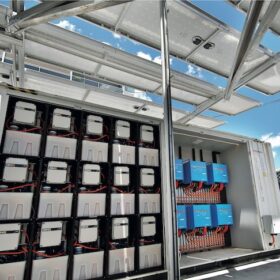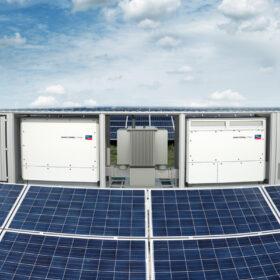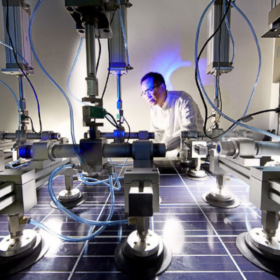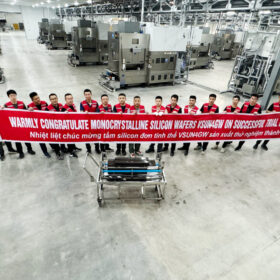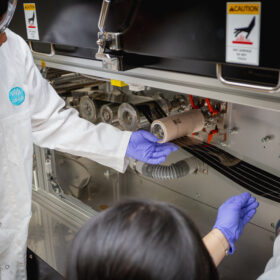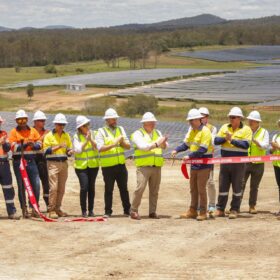Redflow lands second US defence battery contract
Queensland flow battery company Redflow has won a second deal with the United States Department of Defence to supply a non-lithium energy storage solution that will be deployed to improve energy security at a major naval base in Italy.
Australian researchers reveal new quality monitoring method for rooftop and large-scale PV
An Australian research group has used an SMA inverter to switch the operating point of a PV array and has demonstrated its ability to create photoluminescence images for both rooftop and large-scale solar installations.
UNSW researchers warn of surprising TOPCon solar module vulnerabilities
Researchers at the University of New South Wales claim to have identified three TOPCon panel failure types that are absent in PERC products. They explained that these failures may occur when the modules are exposed to high humidity and contaminants before encapsulation.
Trina Solar claims 740 W output for TOPCon PV module
The Chinese manufacturer said Germany’s TÜV SUD has confirmed the results.
ANU partners with Aussie startup CQSola on solar-to-hydrogen research
Australian National University researchers will put their heads together with Queensland tech company CQSola to find ways to accelerate commercialisation of a direct solar-to-hydrogen system as part of a newly funded project.
Vsun starts production at wafer facility in Vietnam
Vietnamese solar manufacturer Vsun’s new facility produces n-type silicon wafers and is expected to be ready for full production by the end of the month.
NSW battery materials company plans U.S. manufacturing plant
Australian battery materials technology company Sicona has confirmed it will develop its first commercial manufacturing facility in the United States as part of its ambition to become the biggest producer of silicon-carbon battery materials in the world.
Solar SunShot manufacturing program enters design phase
The consultation process has commenced on the design of the $1 billion Solar Sunshot program that aims to boost the development of Australia’s solar manufacturing industry and increase the nation’s role in the global solar manufacturing supply chain.
Soltec launches dual-row, single-axis tracker
Spanish manufacturer Soltec has developed a new dual-row, single-axis tracker with a tracking range of up to 60 degrees, offering compatibility with 60-cell, 72-cell and 78-cell modules.
Clean energy economy leaders cheer on Future Made in Australia Act
Renewable energy advocates and investors have urged the federal government to pursue its commitment to the ambitious Future Made in Australia Act by backing it – and the country’s decarbonisation – with strategic budget support.
